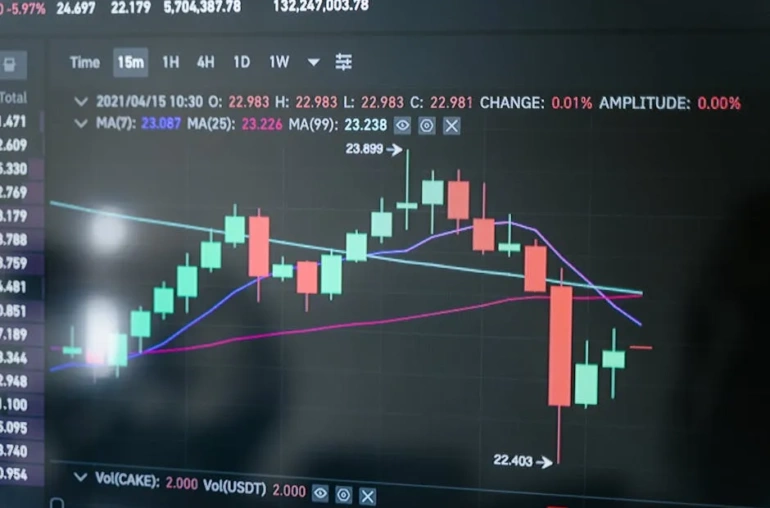
Tether’s $300 Million Settlement with Celsius: Implications for Stablecoin Accountability
In a significant move that could reshape the landscape of stablecoins, Tether has announced a settlement of approximately $299.5 million with the bankrupt cryptocurrency lender Celsius. This development not only marks a pivotal moment for Tether but also raises critical questions about the accountability of stablecoin issuers and the potential legal ramifications they may face in future crypto bankruptcies.
The Context of the Settlement
The settlement comes amid a turbulent period for Celsius, which filed for bankruptcy in July 2022. The company’s collapse has left many investors anxious about the stability and reliability of cryptocurrency assets, particularly stablecoins that are often perceived as a safer alternative in volatile markets. Tether, as a major player in the stablecoin sector, finds itself at the center of this unfolding narrative.
Understanding Stablecoin Liabilities
Stablecoins, such as Tether, are designed to maintain a stable value by pegging themselves to traditional assets, typically the US dollar. However, the recent settlement raises the question: what happens when a stablecoin issuer faces financial difficulties?
The Celsius case is a prime example. With its bankruptcy proceedings, there is a growing concern regarding the extent of liability that stablecoin issuers like Tether might bear. Are they responsible for ensuring the solvency of their operations, or do they have a legal shield that protects them from claims stemming from the failures of their partners or clients?
Potential Legal Risks for Issuers
As the crypto market matures, regulators and investors are becoming increasingly vigilant about the legal frameworks governing digital assets. Tether’s settlement could spark a broader discussion on regulatory compliance and the responsibilities of stablecoin issuers. If courts begin to hold issuers accountable for losses incurred during partner bankruptcies, this could lead to a reevaluation of how these entities operate.
Moreover, the implications of this case extend beyond Tether. Other stablecoin issuers may find themselves under scrutiny as they assess their risk exposure and legal obligations in light of potential bankruptcy cases within the crypto ecosystem.
Market Reactions and Future Outlook
The market’s reaction to Tether’s settlement has been mixed. While some investors view it as a stabilizing factor for Tether and the broader stablecoin market, others express concerns about the precedent it sets. The fear is that if stablecoin issuers are held liable for the financial missteps of other companies, it could lead to a tightening of liquidity and a more cautious approach to investments in the crypto space.
Looking ahead, the Tether-Celsius settlement is likely to influence how stablecoins are perceived by both investors and regulators. As the cryptocurrency landscape continues to evolve, the focus on accountability and risk management will become increasingly important. Stakeholders must stay informed and proactive in adapting to these changes, ensuring they understand both the opportunities and the challenges that lie ahead.
Conclusion
Tether’s recent settlement with Celsius not only addresses immediate financial concerns but also opens up a vital conversation about the future of stablecoins and their role in the cryptocurrency market. As legal frameworks develop and the market reacts, the implications of this settlement will likely be felt for years to come. Stakeholders in the crypto ecosystem must remain vigilant as they navigate this ever-changing landscape.



